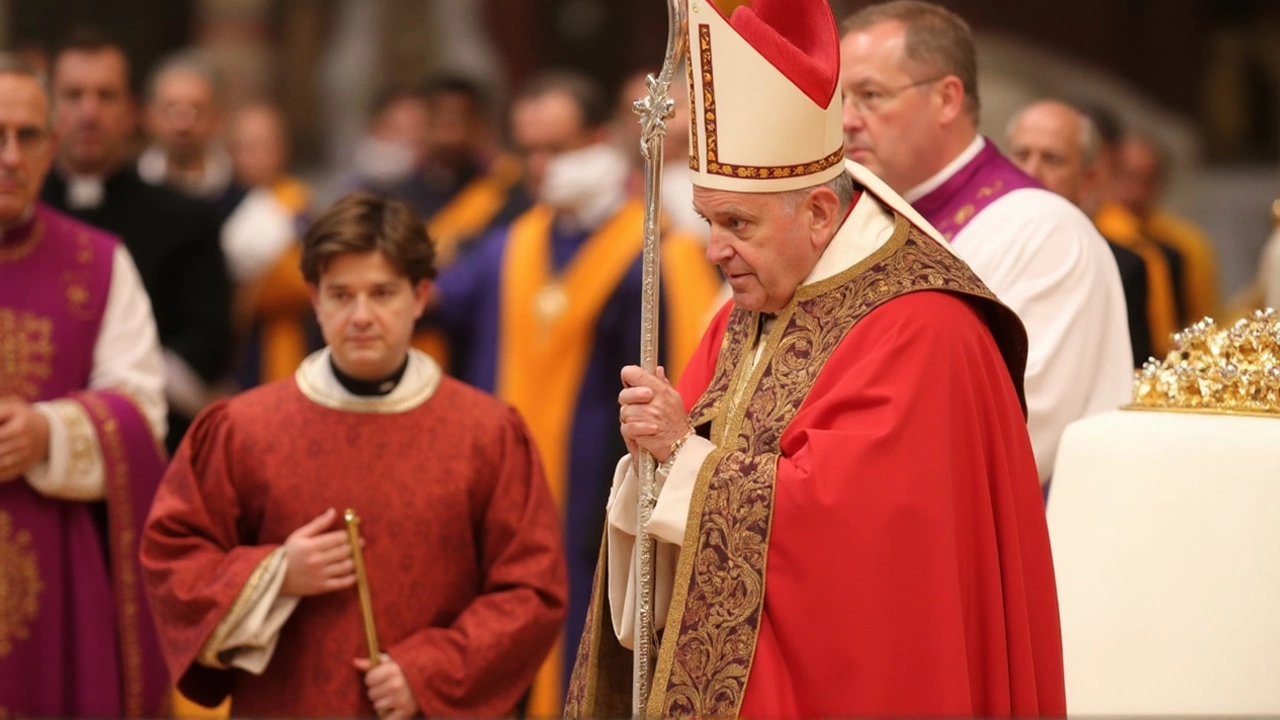Pope Francis Draws the Line: Vatican II Reforms Are Here to Stay
Pope Francis isn’t mincing words when it comes to Vatican II liturgical reforms. For years, he’s been sending a loud and clear message: these reforms are permanent. In 2017, addressing Italian liturgists, he bluntly stated the changes are “irreversible.” That’s not just casual talk—it’s magisterial authority. Francis describes the reformed liturgy as fundamental to the Church’s spiritual renewal, a cornerstone for how Catholics everywhere worship together.
He’s doubled down on this stance in writings and speeches since. In his 2022 apostolic letter, Desiderio desideravi, Francis specifically called for Catholics to go deeper in their understanding of the post-Vatican II liturgy. He made it clear this isn’t just about ritual or preference—he sees the reformed liturgy as essential to the Church’s mission in modern times. The Pope directly opposes the drift back to older forms of worship, especially the pre-Vatican II Latin Mass, which some Catholics have tried to revive in recent years.
Drawing a Sharp Contrast with Benedict XVI
Francis’s position stands in direct contrast to what happened under Pope Benedict XVI. Benedict had cracked the door open wider for the traditional Latin Mass through the 2007 document Summorum Pontificum. That move energized certain traditionalist groups, who saw it as permission to argue for a wide return to old forms. But Francis pulled the reins sharply in the opposite direction with Traditionis Custodes in 2021, placing strict limits on those pre-Vatican II celebrations. For him, the official liturgical books from Popes Paul VI and John Paul II set the standard. He calls them the “unique expression” of the Church’s way of worship, reinforcing that there’s no going back.
Francis argues that sticking to the reformed Mass, whether celebrated in Latin or the vernacular, isn’t about stifling tradition—it’s about maintaining unity. He worries that splitting into different factions over how Mass is said could harm the sense of being one Church. When individuals push for the old ways, he sees a risk of division, even confusion, among ordinary Catholics. Francis repeatedly points to the power of a “single, unifying prayer” to keep communities together and focused on shared faith.
All the while, Francis keeps pushing the need for better liturgical education. He doesn’t want Catholics, whether priests or everyday folks, simply to follow rituals out of habit. He’s encouraging fresh engagement with the meaning of the reformed rites. In his view, understanding what the liturgy truly symbolizes and teaches makes Catholics stronger, more unified, and spiritually vibrant. He warns against “divisive elements”—voices or practices that undermine common purpose.
Francis isn’t just preserving Vatican II out of nostalgia. He sees these reforms as the heartbeat of today’s Church—a path that brings prayer and life together, connects people wherever they are, and keeps the Church moving forward rather than stuck in reverse.
